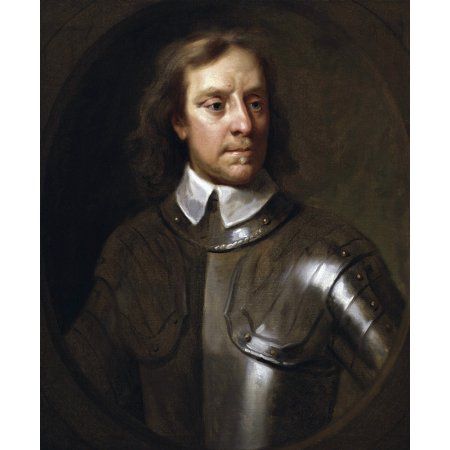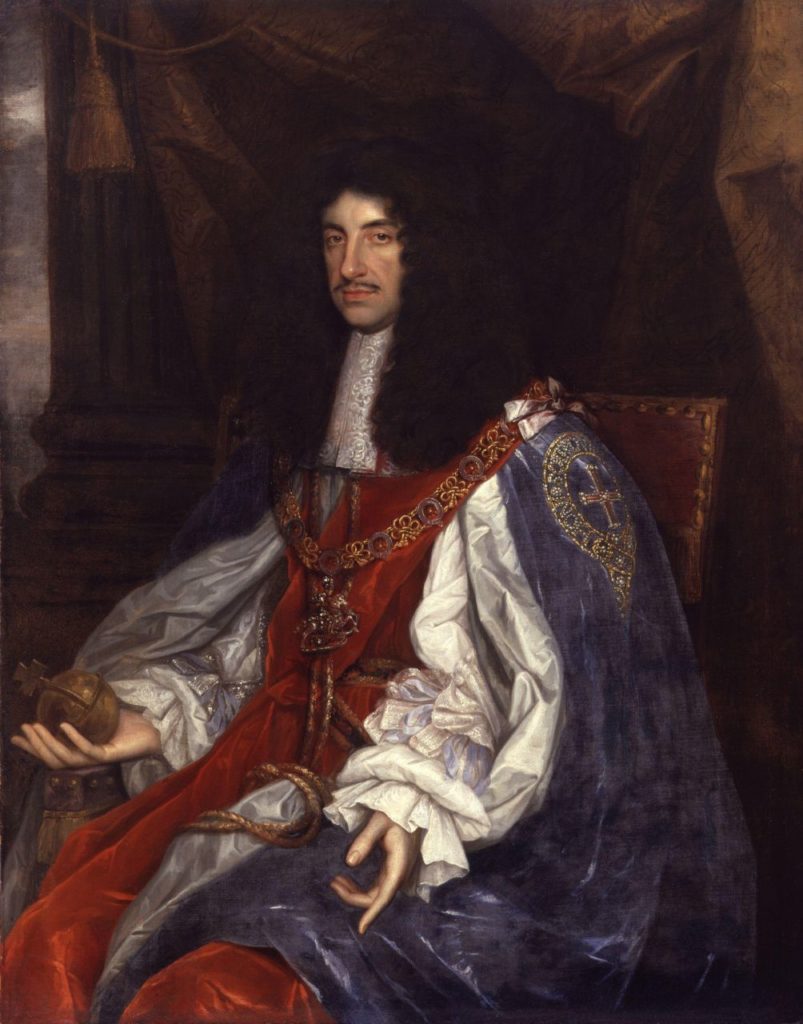Below is a detailed article about the English Interregnum – an interesting period in British History when the British empire had no King or Queen. Many questions arise as to how the administration took place, which body was in charge and whose rule led to this situation. Let us discuss these questions below.
Definition – English Interregnum
Contents
The word Interregnum refers to a period where a throne is vacant between to successive regimes. At this time, government control is at a halt.
Instead of government control, there is more of parliamentary and military control in the Interregnum. It is a period when normal government functions are suspended. Such a period in British history is known as the English Interregnum. It took place right after the execution of Charles I of England.

The period marked by military and parliamentary control after the English civil war is known as the English Interregnum. It began in the year 1649 when Charles I was executed and ended when Charles II became king after the death of Oliver Cromwell in the year 1660.
Why was Charles I of England executed?
King Charles, I of England was executed for treason. He was beheaded in London on January 30, 1649. In the year 1625, he ascended the throne. He then married a Catholic French Princess which offended his protestant subjects. Due to protests by the Parliament and political opposition, he dissolved the parliament in the year 1629. He continued to rule entirely by himself in the following year.
All these impromptu and not devised decisions led to the outbreak of the English civil war in 1642 between the parliament and the king. The group of Parliamentarians was led by Oliver Cromwell – an English military and political leader; also known as the Lord Protector of the Commonwealth of England, Scotland, and Ireland.

There were two civil wars between the royalists and the parliamentarians in the years 1644 and 1645. In 1646, King Charles finally surrendered to the Scottish army. After two years, he was bought to the high court that was controlled by his enemies. He was sentenced to death and taken down to be executed.
Periods in the English Interregnum
The English Interregnum is further divided into four sub-periods,
The first period of the Commonwealth of England
The first period of the Commonwealth of England began in the year 1649. It was the republican government that ruled in the absence of the monarchy.
The Commonwealth was declared right after the death of Charles I of England by the Rump Parliament which was a name given to the British Parliament until 1660. The rule began in 1649 and lasted until 1653 before the rise of Oliver Cromwell.
The Protectorate under Oliver Cromwell
The Protectorate refers to the period when the Commonwealth of England, Scotland, and Ireland. The Rump Parliament was brought down from the control by the army led by Oliver Cromwell.
An election of the Lord Protector was held on December 1653 by the constitution which was won by Cromwell for service until his death. The constitution divided the powers between the Parliament and the Council of State.
The Cromwellian government was one of the first experiments of a military dictatorship in the world.
The Protectorate under Richard Cromwell
After the death of his father, Richard Cromwell inherited the position of Lord Protectorate from his father Oliver Cromwell. He was an English Statesman and eventually became the Lord Protectorate of the Commonwealth of England, Scotland, and Ireland.
After attaining this position it became clear that Richard lacked authority. He made attempts to mediate between the army and the civil society. He had to handle the Parliament which was full of two socialist groups that highly opposed each other – the Royalists and the Presbyterians.

After a few months of his control on the government, he received threats from the army after which he formally resigned in 1659. He reigned for roughly over 8 months. This was the second period of Protectorate in the English Interregnum.
It began in September 1658 and ended on May 1659. He bore the title – His Highness By the Grace of God and Republic, Lord Protector of England, Scotland, and Ireland.
The second period of the Commonwealth of England
There was a rough period from 1659 to 1660 when the rule of England was passed back to republican government. This time the army wasted no further time and declared the son of King Charles I, Charles II the King of England.
Thus, the restoration of England began. The monarchy of England was restored once again and the period of unstable governance in England came to an end.
Life during the English Interregnum
There was a spread of protestants in England during the English Interregnum. Richard Cromwell himself was a protestant, rather a ‘puritan’ which was a strict group of white protestants who had some uncompromising bible standards.
Although there was religious freedom in England, the protestant methods were spread across the masses. Catholic holidays such as Christmas and Easter were looked down on.
He also banned theatre which limited people’s entertainment. Many commenters call his rule ‘harsh and tyrannical’.
